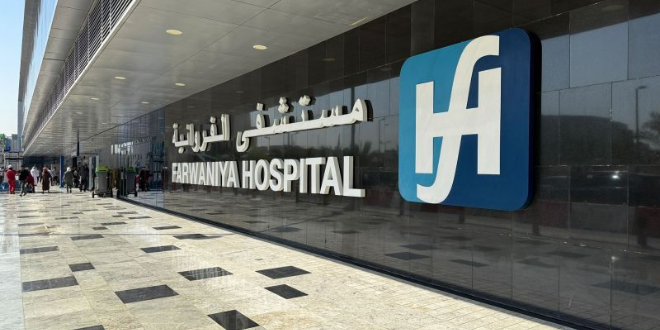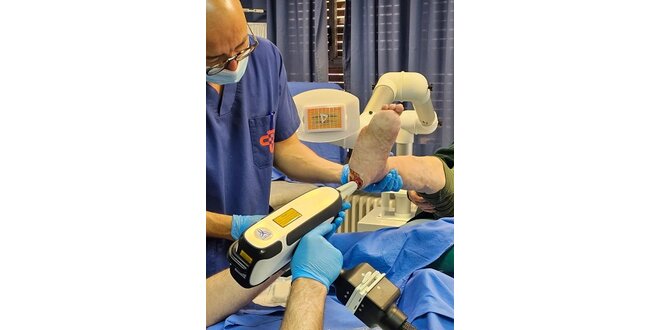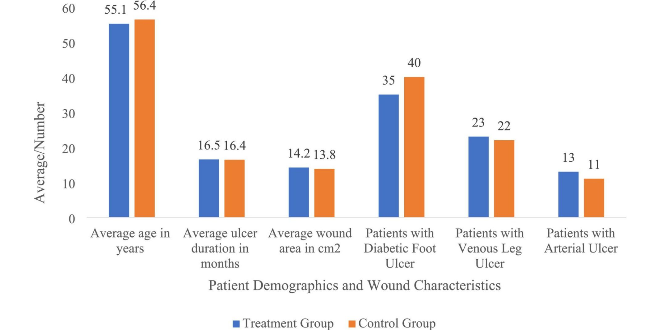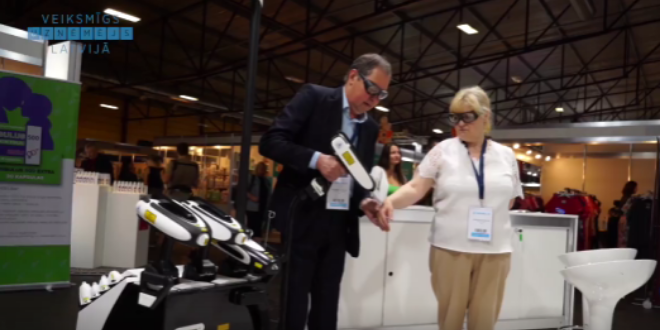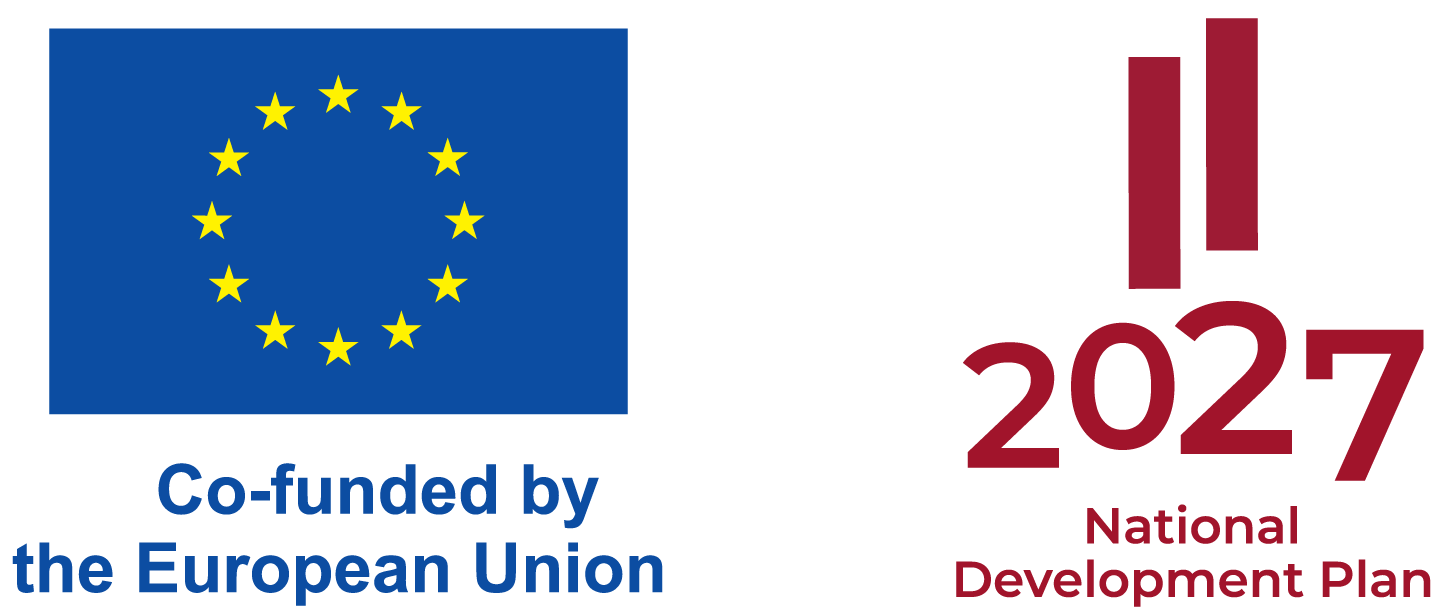Proctology & Fistula: 3-Wave LINLINE™ Laser Scalpel

High-frequency pulsed, fiber-delivered contact surgery (1,079 / 1,340 / 1,440 nm)
The MULTILINE™ platform provides three surgical wavelengths—instantly swappable on the same working fiber—so you can tune cut vs coag in both dry and wet fields:
- 1,079 nm (Nd-based): fast, precise contact dissection with reliable coagulation (the classic “laser scalpel” behavior).
- 1,340 nm: water-coupled cutting/coagulation on hydrated mucosa with less surface char than a “sharper” 1,079 nm pass—useful when you want smoother planes.
- 1,440 nm: strong wet-field hemostasis and controlled coagulative ablation inside vascular/mucosal tissue (endoluminal work).
Why it feels different: LINLINE’s scalpel is used in short, high-frequency pulsed bursts (not continuous like many diode systems). Short activations let tissue cool between bursts, limiting lateral heat and carbonization while keeping the field clean—this pulse discipline is echoed in your contact-surgery guidance (brief 1–2 s passes, avoid char).
What it’s for (typical indications)
- Intra-hemorrhoidal coagulation (energy therapy of the plexus), mucosal shrink/spot hemostasis.
- Fistula tract laser treatment (endoluminal coagulative ablation of the tract; surgeon-selected cases).
- Pilonidal sinus tract ablation (endoluminal).
- External soft-tissue tasks: sentinel skin tags, mucosal/skin papillomas and fibromas, small polyps/granulations around the anal verge (when benign).
- HPV lesions (condylomata): favor contact excision/coag with the Nd-based scalpel.
How the three wavelengths map to tissue
1,079 nm — “sharp” contact cutting + coag
Default for precise dissection of external tags, fibromas, papillomas, and for trimming granulation; brief touches (≈0.5–2 s) at a low angle create clean, blood-sparing planes.
1,340 nm — balanced, water-coupled hemostasis on mucosa
Use when the field is moist and you want more coag with less surface char than 1,079 nm—helpful for edematous or inflamed mucosa and for gentle contouring after a first pass.
1,440 nm — wet-field coagulative effect
High water absorption supports stable hemostasis in bleeding mucosa and endoluminal work (e.g., intra-plexus coagulation, tract ablation). Start here for hemostasis, then swap to 1,079 nm for finer cutting or 1,340 nm for softer coag—no fiber change needed.
Technique notes
High-frequency pulsed bursts: use short activations; let tissue cool between bursts to minimize char and sticking.
- Contact method: low-angle “scalpel” glides for lines; perpendicular micro-pecks for focal destruction/coag.
- Distance as a built-in “power dial”: moving the tip off the tissue defocuses the beam (spot enlarges), so power density drops steeply; hover 0.5–3 mm for soft coag/shrink, touch for decisive cut/coag. Feather in/out during a pulse train to micro-titrate effect within the same setting.
- Fiber care & safety: treat the fiber as a precision optic—avoid bends/impacts, keep the tip clean; follow laser PPE and smoke evacuation as in your manuals.
Example mini-workflows
- Intra-hemorrhoidal energy therapy: Begin with 1,440 nm short bursts for coagulative shrink of the plexus; if needed, swap to 1,340 nm for gentler contouring. Maintain standoff for soft coag; only brief contact if you need firmer effect.
- Fistula tract (selected): Endoluminal fiber advancement with 1,440 nm short pulses for coagulative closure along pull-back; swap to 1,340 nm for delicate zones if thermal footprint needs softening.
- Pilonidal sinus: Debride externally as required; 1,440 nm endoluminal pulses along the tract; use 1,079 nm contact at the external opening if a crisp cut/edge is needed.
- External tags / peri-anal papillomas: 1,079 nm contact excision in brief 1–2 s passes with immediate hemostasis; for HPV lesions.
Advantages for proctology teams
- Cleaner field in real time: Pulsed energy + wavelength choice reduce oozing and char, preserving visibility.
- One fiber, three behaviors: Fine cut (1,079) → gentle coag (1,340) → strong wet-field control (1,440) within the same case.
- Endoscope-friendly: thin fibers, stable coagulation, and fast on-the-fly wavelength swap.
- Protocol-aligned contact surgery: brief passes, avoid carbonization, preserve surrounding tissue.
Key takeaway
The 3-wave LINLINE™ laser scalpel delivers high-frequency pulsed, fiber-delivered contact surgery with instant selection of 1,079 / 1,340 / 1,440 nm. That lets proctology teams adapt cut vs coag to tissue on the fly—supporting intra-hemorrhoidal coagulation, endoluminal fistula/sinus tract treatment, and external soft-tissue excisions with clean fields and efficient workflows, all within your established contact-surgery principles.






 06.10.2025
06.10.2025